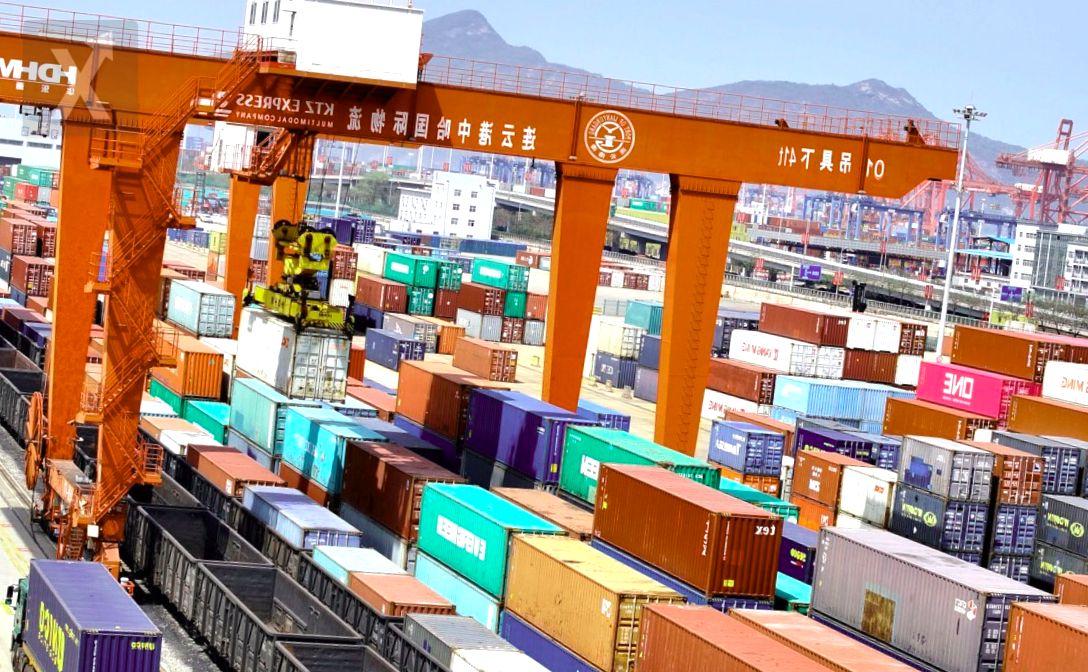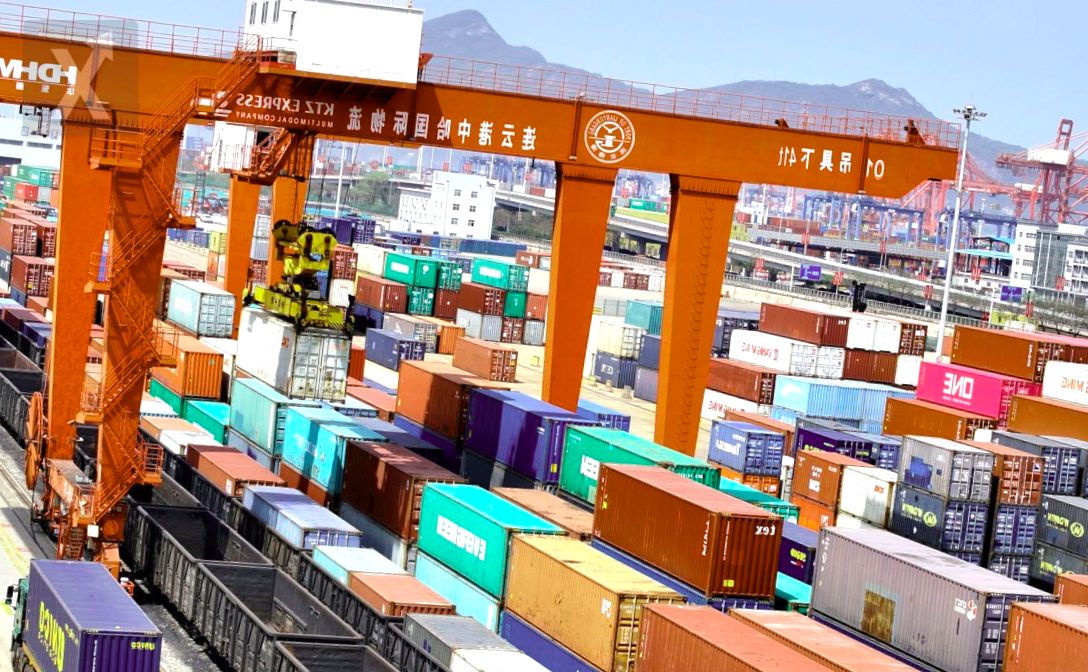States Adapt to Federal Fund Cuts

In light of the reduction of federal transfers from Participations and Contributions, the states are ramping up the generation of autonomous revenue through the collection of taxes, fees, products, and exploits. It is anticipated that by 2025, federal spending, which includes transfers to the states, will reach its lowest level as a percentage of GDP since 2018, with a 1.2% decrease compared to 2024. According to estimates by the Economic and Budgetary Research Center (CIEP), it is expected that states' own revenues will be 5.8% higher than what was approved for 2024.
"The federal government has cut the funds it sends to states through agreements and contributions, while the own revenues of the entities have increased in percentage over the last 20 years. In fact, their growth is outpacing that of the participations, although their contributions are still small compared to federal transfers," commented Tamón Takahashi, chief economist at TKA Analytica. On average, for 2024, own resources accounted for 14% of total state revenues, projected to increase to 14.9% in 2025. Last year, federal spending made up 83.1% of state revenues, and it is expected that this year it will be 82.1%, a full point lower, according to CIEP. "The reduction in dependence on federal funds is due to cuts in federal spending anticipated for 2025. The entities can compensate for this through an increase in their own revenue," added Emilio Sánchez Salazar, a researcher at CIEP.
States are generating revenue through four concepts: taxes, fees, products, and exploits. Aguascalientes, Guerrero, and Oaxaca are projected to have the highest increase in their own revenues this year, with the latter two being more reliant on federal transfers. In terms of taxes, Mexico City, Quintana Roo, and Baja California are the top collectors. These contributions are established in local laws and must be paid by those who meet the conditions described by the law.
Certain states, such as Baja California, Campeche, Nuevo León, Oaxaca, Querétaro, Quintana Roo, and Zacatecas, are looking at the implementation of green or environmental taxes as an alternative to boost revenue. Since 2022, Colima has begun charging the Ecological Tax for Atmospheric Gas Emissions. This tax applies to both individuals and corporations, including government entities that generate greenhouse gas emissions, according to Bettinger Consultants. "The collection of green taxes can be a way for states to increase their revenues while combating environmental damage. The anticipated cuts in participations for this year and next will force states to seek more of their own revenues through new taxes, parking meters, and fines, which should translate into better services for the public," clarified Christopher Cernichiaro, a postdoctoral researcher at the Metropolitan Autonomous University (UAM). The collection of fees has shown increases in 24 states, particularly in Quintana Roo, Durango, and Guerrero. In terms of products, Michoacán, Tamaulipas, and Durango report the most significant progress, while Chihuahua and Nuevo León lead in exploits. CIEP's report indicates that per capita state revenues in 2025 will be 3,636 pesos, ranging from 145 pesos in Guanajuato to 13,982 pesos in Mexico City. The best positioned states in terms of own resources per person are Mexico City, Sonora, and Chihuahua with 13,982 pesos, 7,498 pesos, and 6,900 pesos respectively. The lowest per person revenues come from Guanajuato, Guerrero, and Aguascalientes with 145, 701, and 1,106 pesos respectively. Takahashi suggested that with the increase in revenue generation by entities, it is time to discuss changes in the formulas for the distribution of federal money among states and municipalities.
Comment: It is interesting to note how Mexican states are seeking creative ways to generate their own revenues amid federal fund cuts. This pursuit could not only lead to greater financial autonomy but also spark the development of more responsible and sustainable economic policies in the long run. However, it is crucial that this strategy is implemented with a focus on equity and the welfare of the population, ensuring that as revenue collection increases, essential public services that citizens rely on are not negatively impacted.





